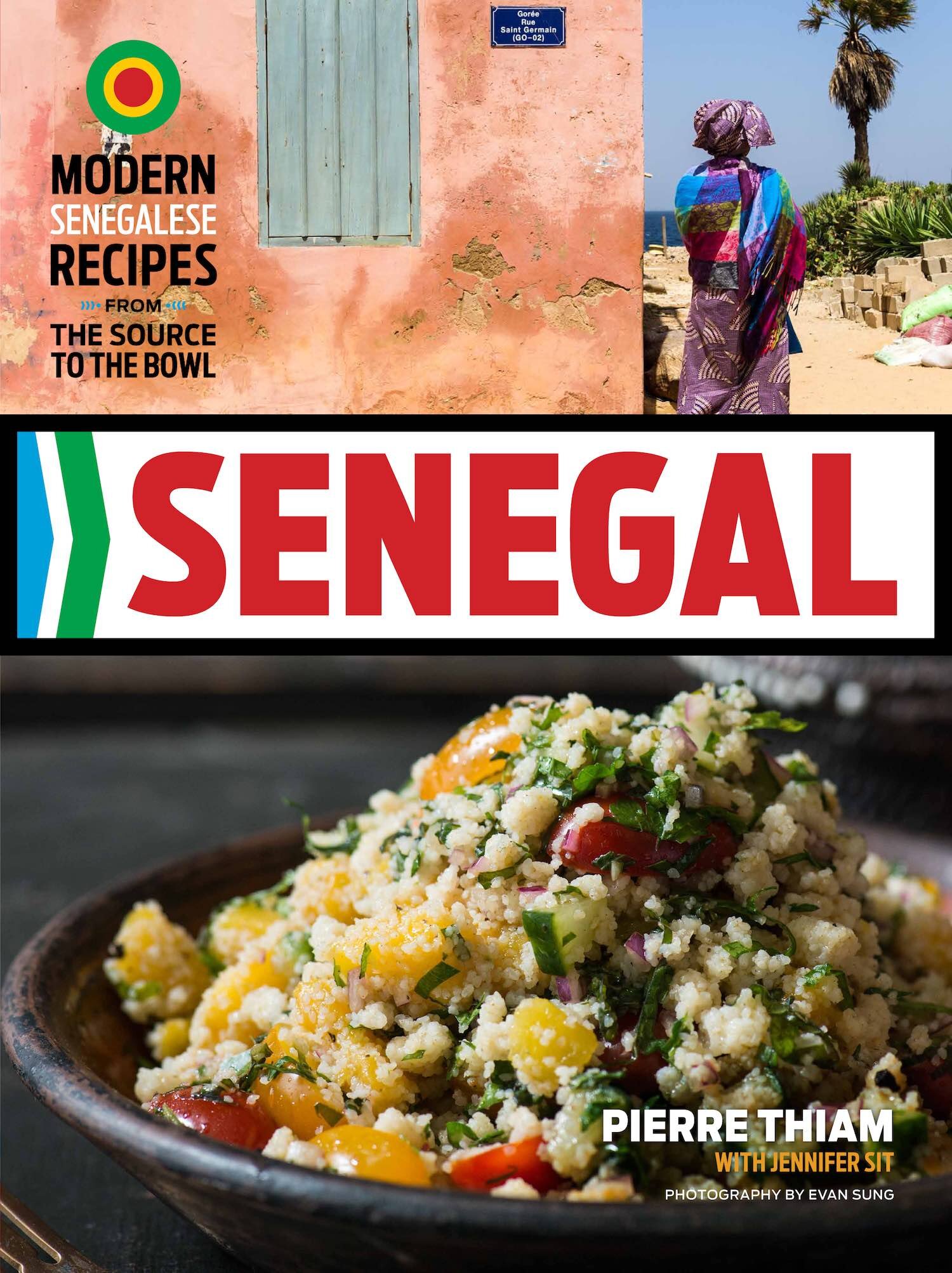Bissap (Hibiscus Water)
Just My Cup of Tea
By Dara O’Brien
Creative Director, Lake Isle Press
Bissap (Hibiscus Water)| Dara O’Brien
For years I’ve bought the same brand of hibiscus tea bags made especially for iced tea. Until suddenly I couldn’t find them. My grocer stocked about thirty other kinds of tea from this brand, but not that particular tea. It never came back in stock and I couldn’t find it in any other stores in tried.
I finally found the tea online, but before ordering I thought, why not see if I could make it myself? I had been meaning to try a recipe for hibiscus water by Pierre Thiam ever since I realized it’s the same thing as hibiscus tea; it seemed now was the time. Bissap is popular throughout West Africa where it’s called “bissap” and Mexico where it’s know as “Agua de Jamaica.” I used Pierre’s recipe from his book “Senegal: Modern Senegalese Recipes From the Source to the Bowl” published by Lake Isle Press. I knew my local grocer carried hibiscus flowers, so I was good to go.
This recipe calls for hibiscus, mint, and honey or sugar. The packaged tea I had been drinking also listed blackberry leaves, apple, orange, lemon, lime, and strawberry as ingredients, so I added orange zest, lemon zest, and lime zest to the infusion.
I strained the flower infusion once, then again to catch extra bits of sediment, and stirred in the honey after straining because I didn’t want any of it to get tossed away. After chilling, I tasted and was satisfied; it’s very much like the tea I had been drinking, only now I can have some whether it’s in stock or not.
There’s no caffeine in hibiscus tea, and it’s rich in antioxidants. It can also help fight high blood pressure, lower cholesterol, burn fat, and fight inflammation. I’m happy about all of those health benefits, but it isn’t why I drink it. Hibiscus tea is tart, tasty, and not too sweet. It’s similar to cranberry juice (with slightly less tartness,) and serves as a light and sophisticated non-alcoholic beverage alternative.
As I researched making my own bissap I found lots ways to tweak Pierre’s base recipe. I liked the idea that I can control the level of sweetness and play around with adding ingredients like ginger, turmeric, cinnamon, and other fruits. It’s not quite as easy as brewing a big tea bag, but has more possibilities… and I’ll never have to worry no longer finding it on grocer’s shelves.
Mint Hibiscus Cooler
(Hibiscus Water/Bissap)
Also known as roselle, hibiscus is native to West Africa, and hibiscus water is one of Senegal’s most popular beverages. Through the slave trade, it arrived in places like Mexico and Jamaica, where it quickly became very popular. Today, Senegal remains among the world’s largest producers of hibiscus. With very high levels of antioxidants, hibiscus is healthy and in this simple recipe, refreshing. The mint infusion makes it the perfect summer drink.
Click here for printable recipe.
Serves 6
INGREDIENTS
1 quart plus 2 cups water
¼ pound dried red hibiscus flowers
¼ cup fresh mint leaves, plus extra sprigs for garnish
½ cup honey or sugar
PREPARATION
In a saucepan, bring 2 cups of the water, the hibiscus flowers, and mint to a boil. Turn off the heat, stir in the honey, and let cool.
Add the remaining 1 quart water. Set aside to infuse for 10 to 15 minutes. Strain into a pitcher and refrigerate. Serve cold over ice, garnished with extra mint.
NOTE
With the addition of light rum, this recipe makes a wonderful punch for a summer BBQ. Serve in a pitcher full of ice with a bit of rum, extra mint, and fresh lime slices.
From ”Senegal, Modern Senegalese Recipes From the Source to the Bowl” by Pierre Thiam with Jennifer Sit, Lake Isle Press, 2015
Mint-Hibiscus Cooler Recipe
From Senegal, Modern Senegalese Recipes From the Source to the Bowl
by Pierre Thiam With Jennifer Sit, Lake Isle Press, 2015
“…a masterclass in…West African cuisine. Get ready to pack your bags for this culinary adventure”.—Carla Hall
Inspired by the depth of Senegalese cooking and the many people he’s met on his culinary journey, these recipes are Pierre Thiam’s creative, modern takes on the traditional. Learn to cook the vibrant, diverse food of Senegal, such as soulful stews full of meat falling off the bone; healthy ancient grains and dark leafy greens with superfood properties; fresh seafood grilled over open flame, served with salsas singing of bright citrus and fiery peppers; and lots of fresh vegetables and salads bursting with West African flavors.
Also from this book:
Hibiscus Popsicles
Lamb Shank Mafe
Spicy Kelewele Fried Chicken
Sweet Potato-Mango Spice Cake


